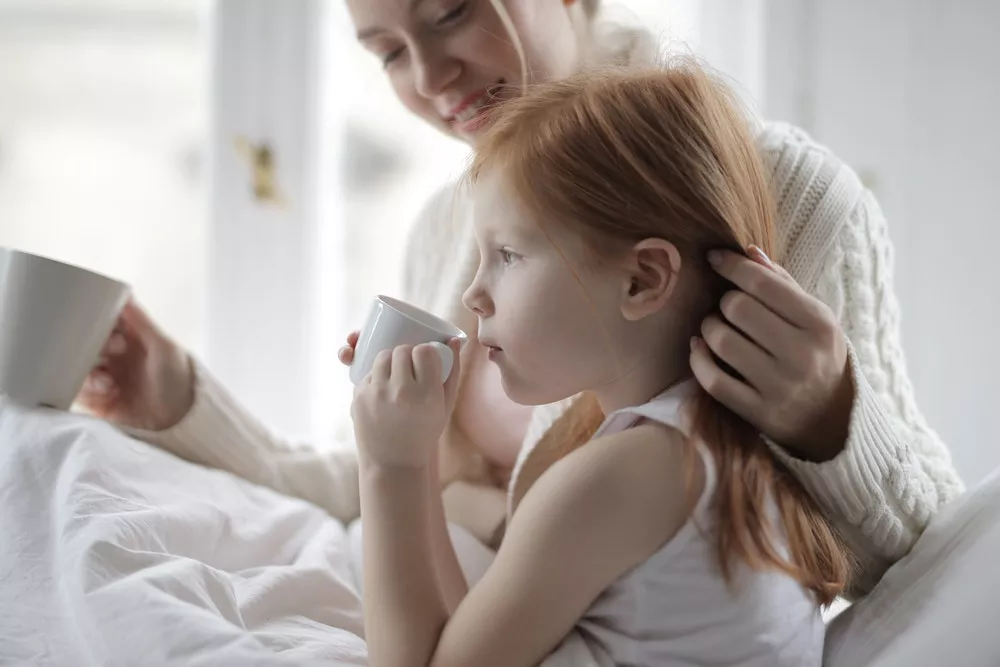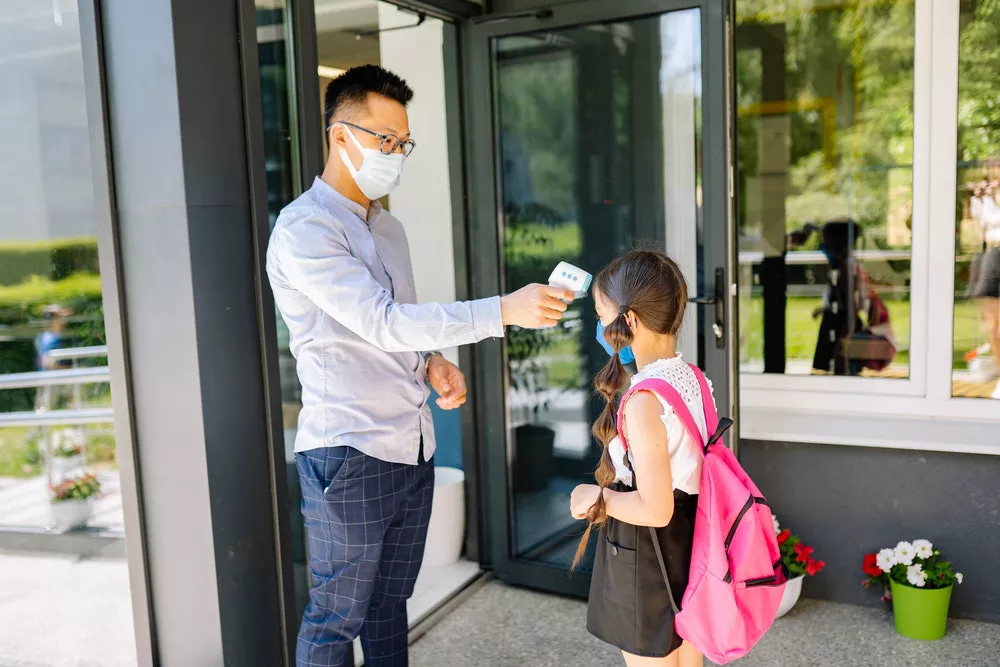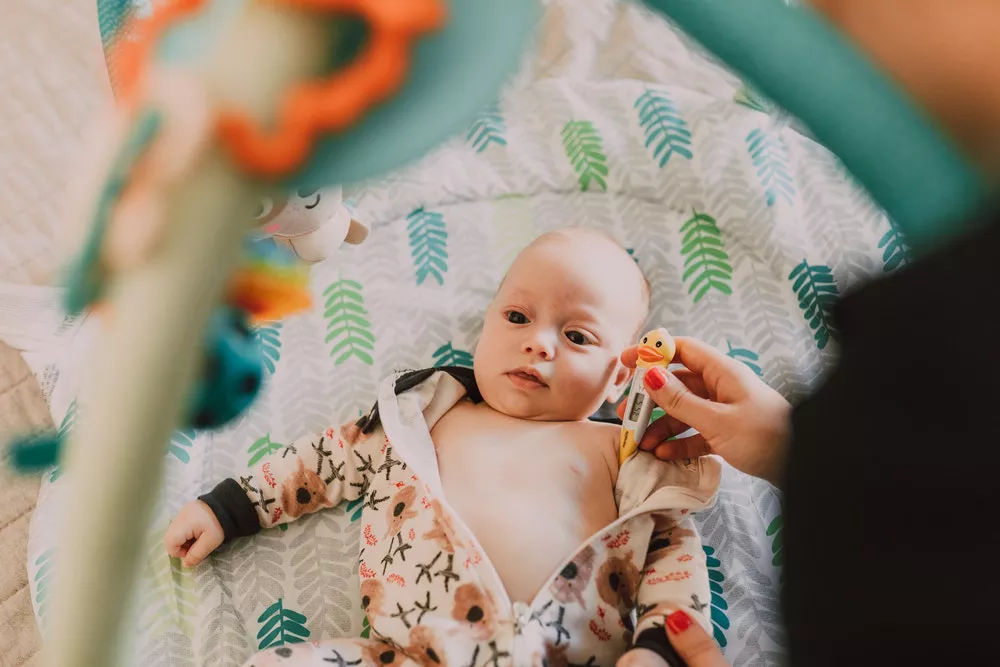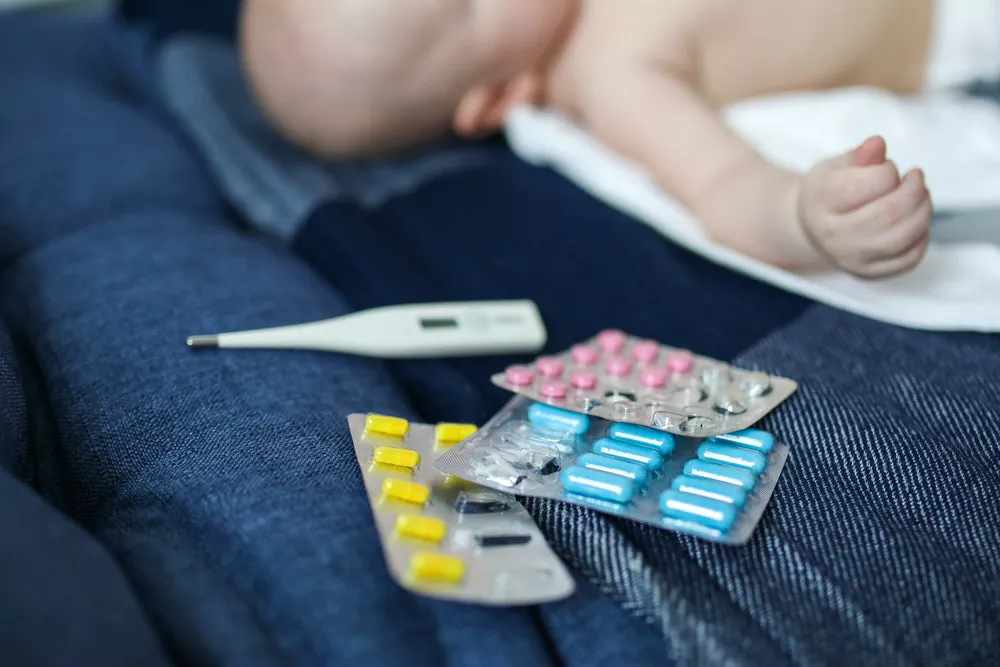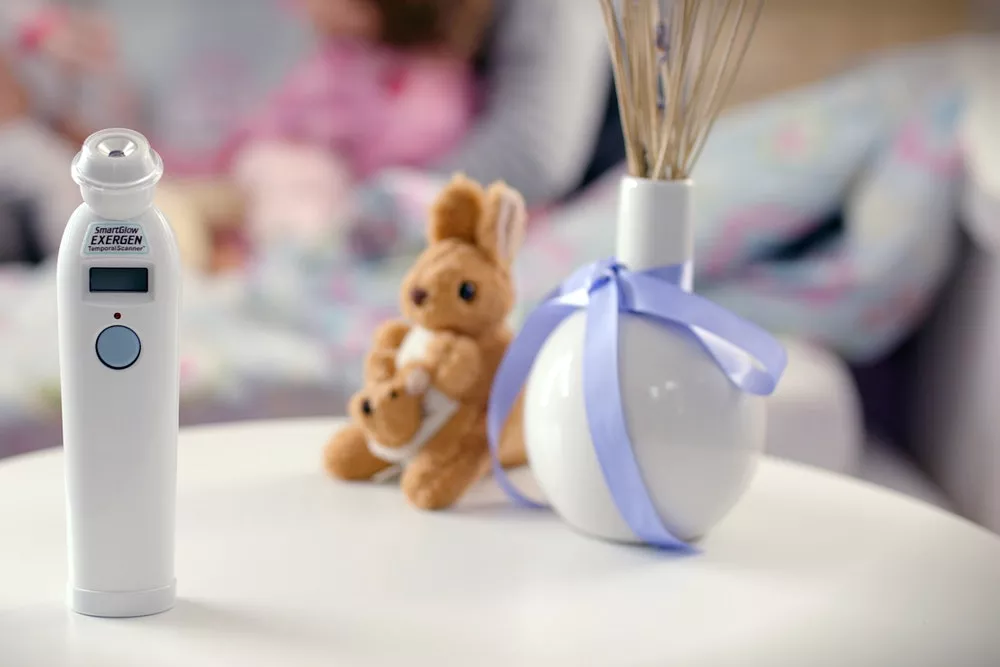Clarify the principles of dressing firstly
The same principle of "making your children as comfortable as possible" when dealing with a fever applies to dressing.During a fever, the body temperature will rise, maintain and fall in three stages, and the whole process may be repeated.
During the rising phase, when your children feel cold with chills, you should dress and tuck them in until they stop shivering. This is actually a process to help the children's body temperature reach the preset temperature in fever of the thermoregulatory center as soon as possible. Reducing their clothing or taking physically cooling for them at this time will consume more energy to produce heat, which is counterproductive.
When children feel hot and sweaty during the decreasing stage of body temperature, it means that the thermoregulatory center has already regulate the set temperature downward. At this time, you should reduce children's clothing for heat dissipation to achieve the purpose of cooling down and reducing fever.
How should infants be dressed?
For infants who cannot express their senses, careful parental care is needed when they have a fever. The timing of adding or removing clothes should be decided by observing whether the children have chills and with icy fingers. When you are not sure, you can adopt the principle of "less is better than more" and reduce clothes as soon as you find that the children are sweating and the hands and face are red.
